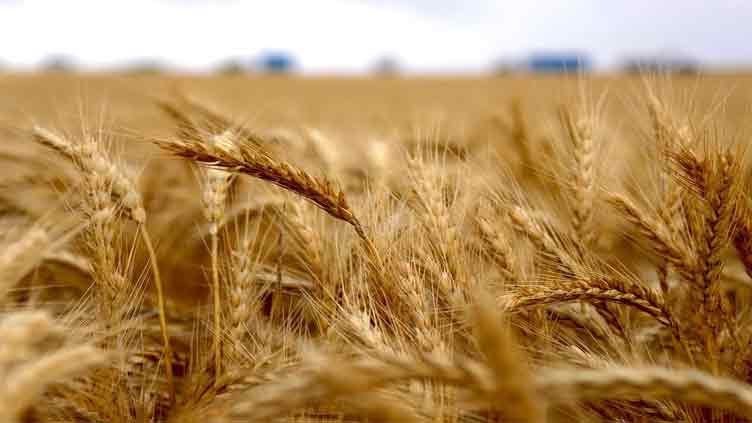Economic fallout across the world: Global warming will hit Australian crop yields and GDP

Business
Record temperatures, dry conditions this year have sharply reduced projected wheat harvest
CANBERRA (Reuters/Web Desk) – Australian crop yields could be 4 per cent below current levels by 2063, reducing the country's economic output by A$1.8 billion ($1.2bn) a year, unless action is taken to mitigate the impact of climate change, Treasurer Jim Chalmers said on Tuesday.
The latest statement is yet another example of how global warming resulting in higher temperatures, droughts and erratic rains is affecting the agriculture sector with extreme weather events – rising temperatures, heat waves, erratic rains, floods and droughts – becoming more and more common.
Read more: Rising temperatures, erratic rains, less snow. Agriculture must adapt to the changing elements
Global warming is leading to hotter and more extreme weather in Australia, one of the world's largest exporters of agricultural products.
After torrential rainfall in 2022, record temperatures and dry conditions this year have sharply reduced Australia's projected wheat harvest.
"The latest analysis out of Treasury tells us that disasters and a warming climate have big, economy wide effects," Chalmers told an agricultural conference in Queensland dedicated to drought.
"If further action isn't taken, Australian crop yields could be 4 per cent lower by 2063 – costing us about A$1.8bn in GDP in today's dollars."
Chalmers said bushfires in 2019 and floods in 2022 had cost the Australian economy around A$1.5bn each and the government was investing in decarbonisation, drought resilience and disaster recovery programmes.
"What was $335 million in Commonwealth spending on disaster recovery in 2017-18 has become around $2.5bn in 2022-23," he said.
"The pressure of a changing climate and more frequent natural disasters is constant, cascading, and cumulative."


